According to Military, Panzerhaubitze 2000, commonly known as PzH 2000, is a tracked self-propelled gun developed by Krauss-Maffei Wegmann in cooperation with Rheinmetall Landsysteme. This system was officially adopted by the German army in 1998. PzH 2000 is designed to provide long-range artillery fire with high intensity, ensuring good mobility on many types of terrain and meeting combat requirements in all weather conditions.
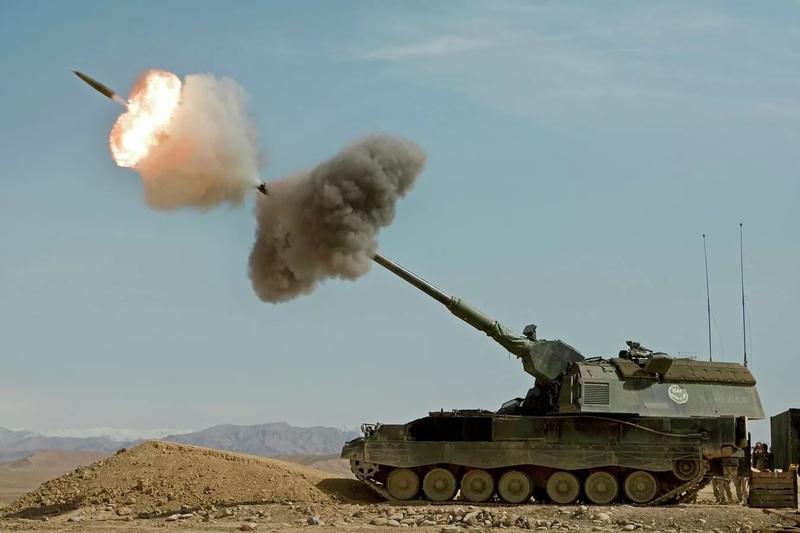
Dubbed the "artillery monster", the PzH 2000 possesses long-range firepower, high accuracy and durable combat capabilities that make many opponents wary. Photo: Military
The PzH 2000 is 11.7 m long, 3.5 m wide and 3.4 m high. The entire hull and turret are made of welded steel to increase protection against infantry fire and artillery shell fragments. On the roof, the PzH 2000 can be fitted with an additional layer of lgel panzerung armor, commonly known as porcupine armor, to deal with cluster bombs and cluster bombs attacking from above.
In addition, the PzH 2000 uses a 1,000 horsepower MTU 881 diesel engine combined with a Renk HSWL 284 automatic transmission with 4 forward gears and 2 reverse gears. Thanks to that, the vehicle reaches a maximum speed of about 60km per hour on good roads, with a range of 420km. Off-road capabilities are also remarkable, such as crossing 3m wide ditches, overcoming 1m high obstacles and wading through water up to 1.5m deep.

The PzH 2000 is considered one of the most powerful self-propelled guns today thanks to its fierce firepower, modern control technology and ability to maintain firepower superiority for a long time. Photo: Military
The main firepower of the PzH 2000 is a 155mm gun, carrying 60 rounds and fully compatible with NATO's 155mm ammunition standard. The turret also mounts a 7.62mm MG3 machine gun for self-defense. The system's firing range is about 30km with standard ammunition and 40km with extended-range ammunition. If using South African VLAP missile-assisted ammunition, the firing range can be extended to 56km.
The PzH 2000 is also fully equipped with modern observation and control equipment, including panoramic day and night sights, laser rangefinders and direct fire sights. The vehicle also has an automatic fire suppression system and NBC protection, helping the combat crew maintain operations in complex combat environments.
The PzH 2000 has a small number of variants due to the very optimized original design, the versions differ mainly in electronics, communications and operating conditions according to each country. The German standard version, put into service since 1998, is the basis for all remaining configurations.

The PzH 2000 is considered by NATO to be one of the most effective self-propelled guns. Photo: Military
From there, it evolved into the Dutch PzH 2000NL with changes in communications and control software. The Italian PzH 2000 ITA with a custom electronic configuration according to national standards. The Qatar PzH 2000 QAT with a desert optimization package, enhanced cooling and dust filtration.
In addition, Germany also developed the V1, V2, V3 upgrade packages to improve fire control, guidance and system durability, along with the deep modernization package PzH 2000 A1 or PzH 2000 Advance to increase barrel life, increase automation and support long-range firing over 60km.
The PzH 2000 is currently in service in many NATO and Middle Eastern countries. Germany is the largest developer and user. The Netherlands and Italy operate versions adapted to their national standards. Lithuania and Croatia use the PzH 2000 to enhance their artillery capabilities, mainly purchased from Germany and the Netherlands. Qatar uses a variant optimized for desert environments.
Please visit the Defense Industry section to see related news and articles.
Source: https://congthuong.vn/su-that-dang-sau-danh-xung-quai-vat-phao-binh-pzh-2000-432078.html





![[Photo] Close-up of heavy damage at the school located on the banks of the Ban Thach River](/_next/image?url=https%3A%2F%2Fvphoto.vietnam.vn%2Fthumb%2F1200x675%2Fvietnam%2Fresource%2FIMAGE%2F2025%2F11%2F26%2F1764152130492_ndo_bl_img-8188-8805-jpg.webp&w=3840&q=75)



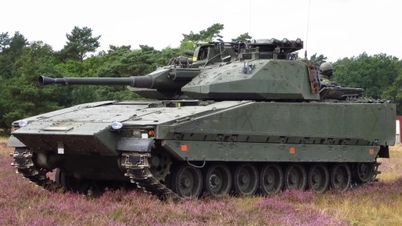
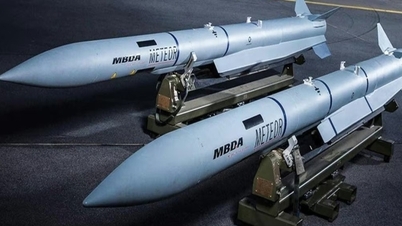


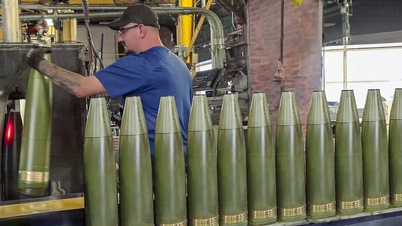

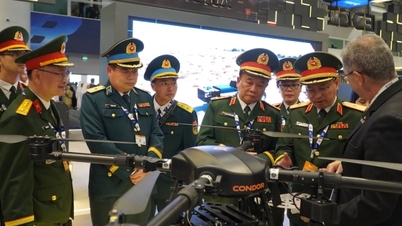

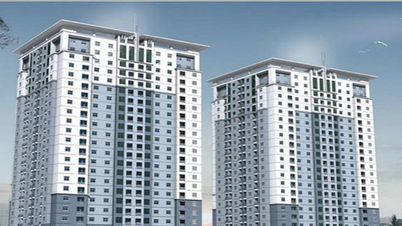
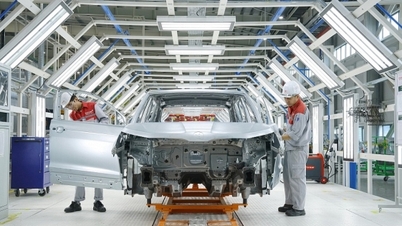



















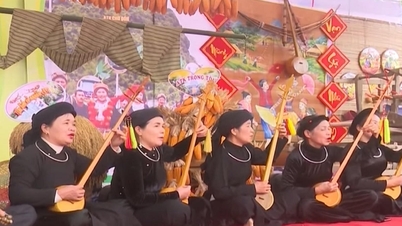



















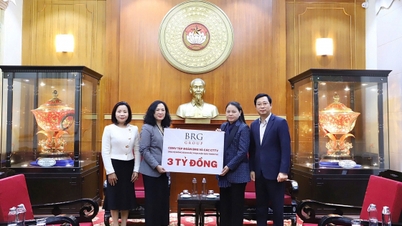
















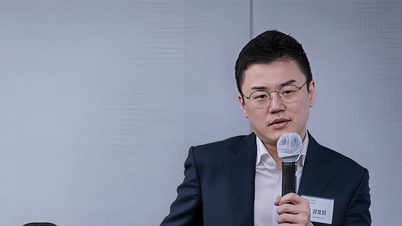






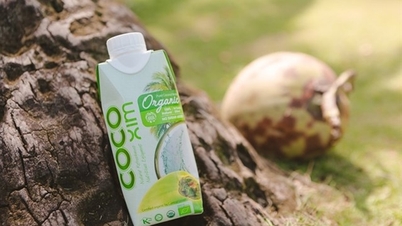

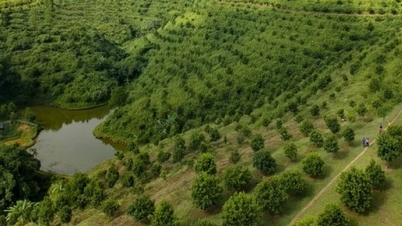












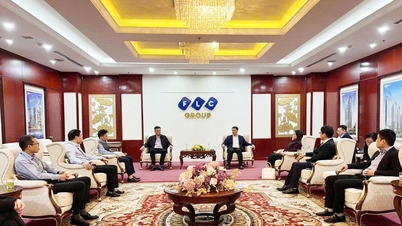









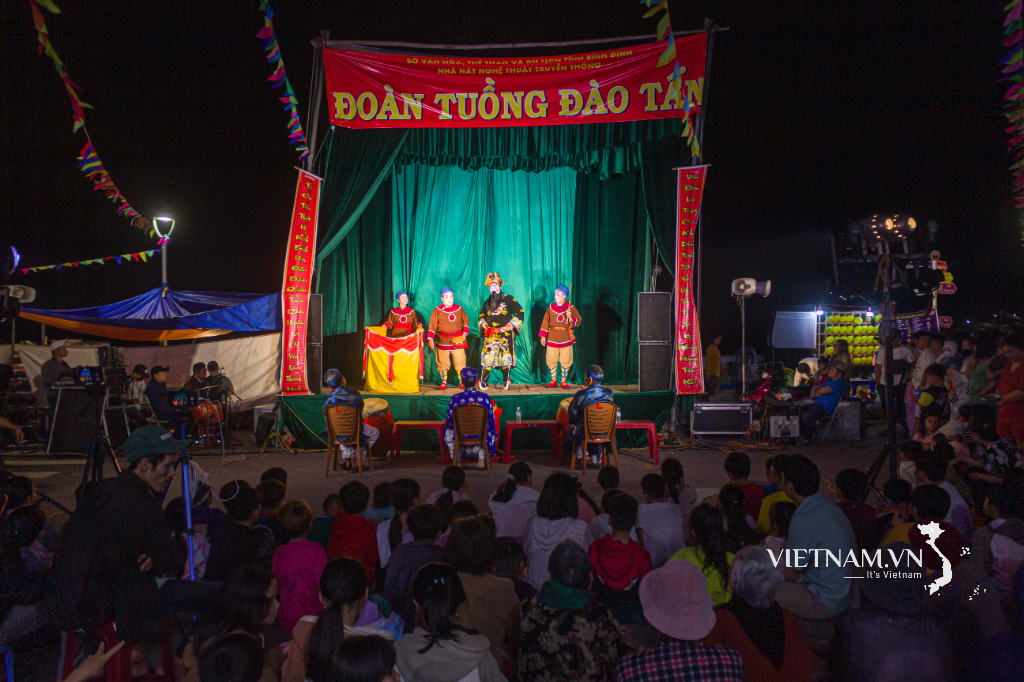


Comment (0)